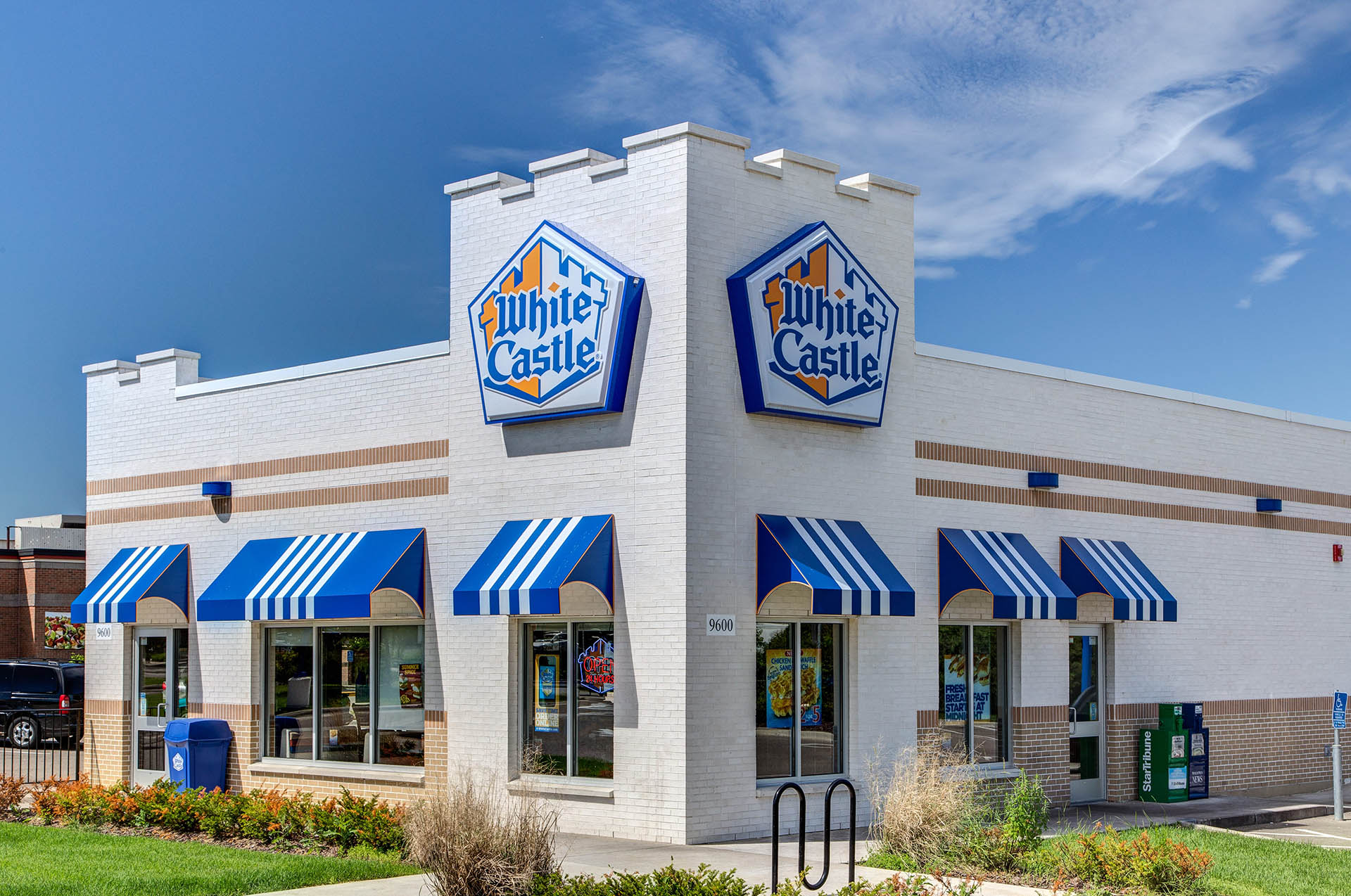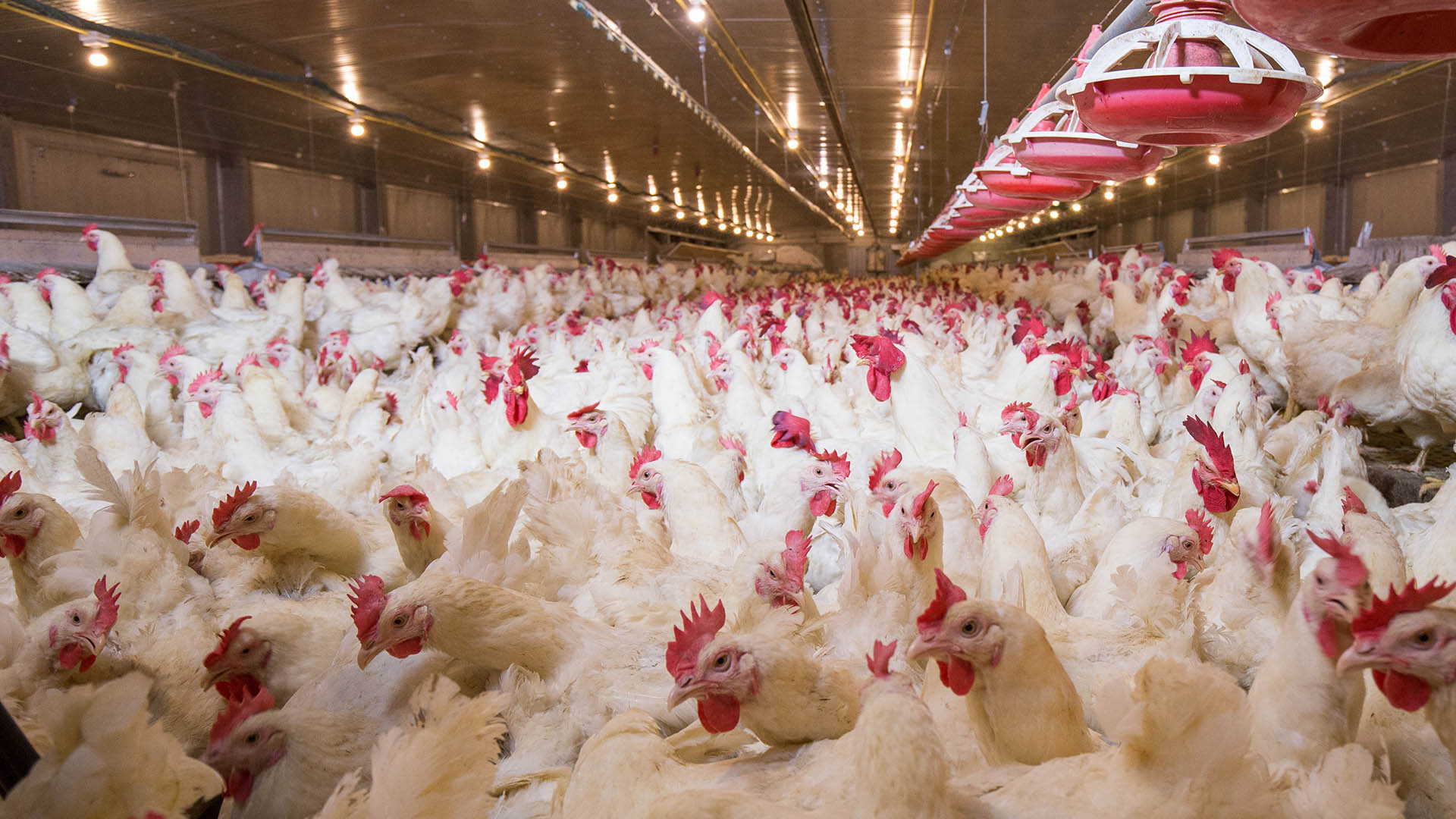Family Run Restaurants (FRR) has a complementary, sister organisation, the Worldwide Association of Family Run Restaurants (WAFRR) (The "Association").
If FRR is there to boost and bolster family run restaurants on the ground, one of the main functions of the “Association” is to check that these same restaurants are maintaining standards, that is to say, are meeting the aforementioned rules that any self-respecting family run restaurant should abide by (at least two family members involved, local, of proximity produce served etc.). If these conditions are met, the “Association” will provide every family run restaurant that cuts the mustard with a certificate as a guarantee to customers that they're in the right place.
Spain, the first country in which the "Association" has begun to operate, has been divided into ten regions, each with its own manager. As all our restaurants depend on the recommendations of fellow restaurant owners and regulars it is the duty of the managers to maintain standards and promote the brand and ensure that all the restaurants have easy access to healthy, seasonal and organic food.
To this end, they keep a check on suppliers of organic material to the restaurants in their area, and make sure that both the transportation and distribution of this material are functioning sustainably.
They can also help members by negotiating bulk discounts on credit and debit charges, on insurance, and on food and drink supplies. Meanwhile, the FRR organisation itself – the business arm, as it were – will, of course, be doing its utmost to get more customers into family run restaurants through its booking website and its publications.
Fast food is so ubiquitous, you might be forgiven for thinking it’s always been with us. But it’s a recent development, which
didn’t get properly underway until 1921, when the White Castle restaurant opened in the United States, in Wichita, Kansas, selling hamburgers - called ‘sliders’, perhaps because they were so small people could pop them frictionlessly and wholesale into
their mouths - in large numbers. By 1949, there were 377 White Castles across America.
Meanwhile, in 1940, the brothers Richard and Maurice McDonald opened a barbecue restaurant in San Bernardino,
California. In 1954, one Ray Kroc, a salesman of the milk-shake machines that the McDonalds used, bought the rights to extend
the McDonalds’ franchise on the White Castle model. By 1959, thanks to him, there were 102 new restaurants (although he was their owner, Kroc kept the McDonald’s name because, he claimed in a television interview, ‘it sounded more wholesome’ than 14 his own). In 1968, the thousandth McDonald’s was opened, and nowadays there more than 37.000 of the things, employing over a quarter of a million people. This kind of success naturally inspired imitators, starting in the 1950s: Burger King, Taco Bell, Wendy’s, KFC...


This burgeoning of chain eateries serving vast quantities of animals, bread, french fries, and assorted condiments was facilitated by certain radical changes in the food industry that had already taken place. Fertilisers and chemical pesticides came into use in 1903; factory farming became widespread in the US and the UK in the mid 20th century; over the same period, efficient refrigerated transport meant that food could be hauled over long distances. These and several other factors linked to the industrialisation of food production have had a considerable – and measurable - impact on the environment.

Fossil-fuel using farm machinery increases greenhouse gas emissions, as do synthetic fertilisers, pesticides and herbicides,
which also reduce biodiversity, erode soil, pollute water, and can be carcinogenic. Large scale cattle farming has led to an increase of methane in the atmosphere. Indeed, according to the UN’s Food and Agriculture Organisation (FAO) no less than between
30% and 35% of man-made greenhouse emissions are the result of food transportation and industrial, non-organic farming.

On top of which, the worldwide restaurant chains which would be unworkable - indeed, impossible - without such large-scale farming, have caused the closure of many small-scale family run restaurants, simply because the chains have more financial resources, the ability to open large numbers of outlets just about anywhere, and the clout to muscle in on territory previously held by traditional restaurants. But it isn’t because people prefer them to family run restaurants: on the contrary, surveys have shown that given a choice between eating at a chain outlet or a family run restaurant, most people opt for the latter, citing a number of different reasons, including authenticity, trustworthiness, organic food, and a friendlier, homelier atmosphere.
But, as we have said, the encroachment of fast-food outlets has caused not only the disappearance of many much-loved family run restaurants, but also harm to the environment at the most problematic time imaginable: according to the UN Intergovernmental Panel on Climate Change (IPCC) we have around twelve years to implement major changes to our level of greenhouse gas emissions, unless we wish to face a major catastrophe.
At the moment, we are already seeing rising sea levels; increasing heat waves – according to NASA, the years 2013-2018 have been the hottest on record -, and an increase in the number of natural disasters such as hurricanes, tsunamis and droughts (which in 2018 caused an 8% drop in cereal crops in Europe, according to a EU report). Food production and climate are intrinsically related.
The biggest schism between the way we farm and the environment started with the introduction of chemicals into the food manufacturing process, around 1903.


As we have said, civilisation – if we take the word to mean the beginning of sedentary communities in Mesopotamia some six and a half thousand years ago - is a relatively recent development. But the rise of civilisation, with its attendant phenomena such as agriculture, religion, a state apparatus, social hierarchies and so forth, is also the root source of a dilemma which haunts mankind to this day.
Briefly put, for the 300,000 years that we were hunter- gatherers, we were at one with nature, in the unsentimental sense that we did not feel that we were above it, or somehow superior to it, or simply not part of it. We also, according to the latest research, formed small groups of between 20 to 30 people, which were remarkably egalitarian, in which the individual and the collective were complementary.
With the rise of civilisation, with groups too large to manage, both the closeness to nature and the complementary relationship between individuals and their collectives began to fall apart.


Religion, the state, and technological progress have, over the years, given many people the idea that we do not form an integral part of nature but are somehow alien to it or at least do not have to deal with it directly except to subdue it to our own ends (an attitude currently voiced vociferously by climate change deniers everywhere).
At the same time, the rise of hierarchies, in which a privileged few fought to maintain the rights of individuals such as themselves, which gave rise to a large mass of people who had to fight for their much trampled-upon collective rights, brought about the emergence of political opinion along a left-right axis – the right stressing individual rights at all costs, and the left defending collective rights at all costs.
This has led time and again to split societies, wars, uprisings, and assaults as horrendous as they are frequent on human rights from both the left and the right.

It is well-known that the chain restaurants that spread like wildfire in the individualistic, capitalist culture of the 20th century, helped to wipe out thousands of family run restaurants; On the other side of the Iron Curtain, under communism, something very similar was happening during the same period, thanks to the imposition of collective, state-run eateries, which also put paid to the majority of family run restaurants.
When the individual is allowed to run amok outside the collective (and ignoring his or her role in it), and collectives are allowed to stifle individual activity, the results are, logically enough, disastrous. This applies in full to the destruction of family run restaurants, which by definition are establishments in which the individual and the collective are in a state of mutualistic symbiosis.
This dynamic, harmonious interaction between these two parts - the individual and the collective - are essential to evolution. The opposite, as we are discovering, only leads to the end of evolution and even our very existence.
Nobody is claiming that a return to a healthier, more traditional way of eating is going to save the planet on its own, but a change in our eating habits precisely where most food is consumed – namely restaurants – would be a serious push in the right direction. And a serious push is what is required, especially in certain large industrialised countries: at the moment, for instance, only 4% of restaurants in the United States are independent, a percentage which is even lower in Russia.

Family run restaurants are not only ecologically and socially positive, but are also, it goes without saying, businesses that need to turn a profit in order to survive. FRR, with its online restaurant reservation site and its printed guides, is there to help staunch the onslaught of the industrialised restaurant chains and stimulate an increase in the number of family run restaurants and ensure the continuation of those that already exist.
It is estimated that there are 15 million restaurants worldwide and the vast majority are still family run despite massive encroachment from chains, groups and multiples. It is estimated that between them, these restaurants feed over 300 billion customers every year. The job of Family Run Restaurants and the “Association” is to bring them together as a distinct brand to protect and promote them from the onslaught of the chains and to encourage them to use local, seasonal and organic produce so as to help stop global warming and at the same time reinforce the role that family run restaurants have in the community.
Whilst the scientists, governments and environmentalists debate on how to implement necessary changes, we are bombarded with apocalyptic visions of our planet’s not so remote future. However it’s not all gloom and doom.
The Rodale Institute, the oldest organic research institute in America, has for 40 years compared conventional vs organic agriculture and found out “that organic systems use 45% less energy, release 40% fewer carbon emissions, improve the health and quantity of soil over time, and actually have the potential to produce yields up to 40% higher in times of drought than conventional systems”.

The money for the “Association”'s activities – advice and support and most notably for the costs involved in helping farmers transition to sustainable farming - will come from the funnelling off of no less than 50% of the profits that the FRR makes from its book sales and reservation commissions.
The “Association”, then, is an ecological, non-profit organisation existing in a state of perfect, one hundred per cent symbiosis with the for-profit business that is the FRR. It should come as no surprise, then, that the “Association” is already affiliated to Zero KM, the Slow Food Movement, and the Sustainable Restaurants Association.

Simply put, family run restaurants are one of the few human institutions that both insist on the importance of our link to nature, through their use of seasonal and organic produce; and they also provide a microcosm of how a collective and the individuals who work within it can work in close, mutual association. Head chefs, waiters, designers, managers, etc. are all expressing their individuality for the benefit of the whole and for the benefit of society.
Family run restaurants are not beholden to upper management, they make free choices about how they are run and what they serve, and play an important, local, social role in the communities that they help feed. This would seem to us to be an excellent model for human organisations in other fields.
The aim, ultimate goal, and, as it were, the Holy Grail of both FRR and the WAFRR is to get us back to eating the way we did before 1903 (the year, you may remember, that fertilisers and chemical pesticides came into widespread use). This involves promoting sustainable farming (aka regenerative land management) together with family run restaurants on the one hand, and considerably reducing the clout currently enjoyed by the chain food outlets that are wreaking havoc with the climate, on the other.
If the big food chains are increasingly shunned in favour of family run restaurants and their sustainable providers, there is a serious chance that a considerable reduction can be made to the 30-35% contribution to global warming that comes both directly and indirectly from those big chains, and the factory farming and long haul transportation that they depend on.
This is no pipe dream: the NGO Regeneration International - which has an active presence in the US, India, South Africa, Canada, Guatemala and Belize and is expanding by the year – affirms that organic food is the only way to go. According to its director, André Leu: "organic agriculture is the quickest, most efficient, most cost-effective and fairest way to feed the world". (RI's projects are often located in semi-arid areas whose land is now being made arable through methods such as increased tree cover and rainfall retention, among others).
The good news is that we can reduce greenhouse gas emissions if we shift towards eating locally produced, seasonal, organic food. Together we can help stop climate change and even reverse it as well as protect the integrity of our communities. We know what we have to do. The trick is to find a way to get us to do it. The beauty of FRR is that people get what they want and at the same time they help to save the planet. And that in a nutshell is precisely what FRR is all about.
All the more reason, then, when we choose to eat out, to head for a family run restaurant, where we know beyond a shadow of a doubt that we can trust the owners, the ambience and the eco-friendly running of the place.







